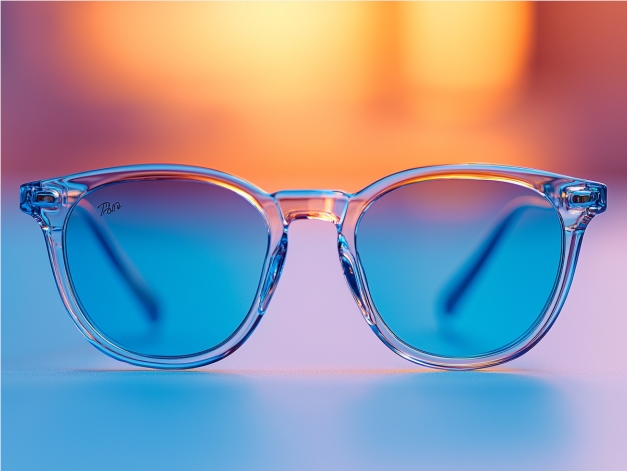Meta's "Segment Anything" model SAM is quite powerful in the field of image segmentation, but it struggles with video object tracking, especially in crowded scenes, when targets move quickly, or in "hide and seek" situations. This is because SAM's memory mechanism operates like a "fixed window," focusing only on recording the most recent frames while neglecting the quality of the memory content, leading to error propagation in videos and significantly reducing tracking performance.
To address this issue, researchers at the University of Washington have been "brainstorming" and finally developed a model called SAMURAI, which performs a "devilish transformation" on SAM2, specifically designed for video object tracking. The name SAMURAI sounds powerful, and it truly has remarkable capabilities: it combines temporal motion cues with a newly proposed motion-aware memory selection mechanism, allowing it to accurately predict the trajectory of objects and improve mask selection, ultimately achieving robust and accurate tracking without the need for retraining or fine-tuning.
The secret of SAMURAI lies in two major innovations:
First move: Motion modeling system. This system acts like a samurai's "eagle eye," accurately predicting the positions of objects in complex scenes, thus optimizing mask selection and preventing SAMURAI from being confused by similar objects.
Second move: Motion-aware memory selection mechanism. SAMURAI discards SAM2's simple "fixed window" memory mechanism in favor of a hybrid scoring system that combines original mask similarity, object appearance scores, and motion scores. Just like a samurai carefully selecting weapons, it retains only the most relevant historical information, thereby improving the overall tracking reliability of the model and avoiding error propagation.

SAMURAI is not only highly skilled but also agile, capable of real-time operation. More importantly, it demonstrates strong zero-shot performance across various benchmark datasets, meaning it can adapt to different scenarios without specialized training, showcasing exceptional generalization ability.
In practical tests, SAMURAI significantly outperformed existing trackers in terms of success rate and accuracy. For instance, on the LaSOText dataset, it achieved a 7.1% AUC gain; on the GOT-10k dataset, it gained 3.5% in AO. Even more impressively, it achieved results comparable to fully supervised methods on the LaSOT dataset, demonstrating its powerful capabilities in complex tracking scenarios and its tremendous potential for real-world applications in dynamic environments.

The success of SAMURAI is attributed to its clever use of motion information. Researchers combined traditional Kalman filters with SAM2 to predict the positions and sizes of objects, helping the model select the most reliable masks from multiple candidates. Additionally, they designed a memory selection mechanism based on three scores (mask similarity score, object appearance score, and motion score), where a frame is only included in the memory bank if all three scores exceed a threshold. This selective memory mechanism effectively avoids interference from irrelevant information, improving tracking accuracy.
The emergence of SAMURAI brings new hope to the field of video object tracking. It not only surpasses existing trackers in performance but also can be easily applied to various scenarios without the need for retraining or fine-tuning. It is believed that in the future, SAMURAI will play a significant role in areas such as autonomous driving, robotics, and video surveillance, providing us with a smarter living experience.
Project address: https://yangchris11.github.io/samurai/
Paper address: https://arxiv.org/pdf/2411.11922










